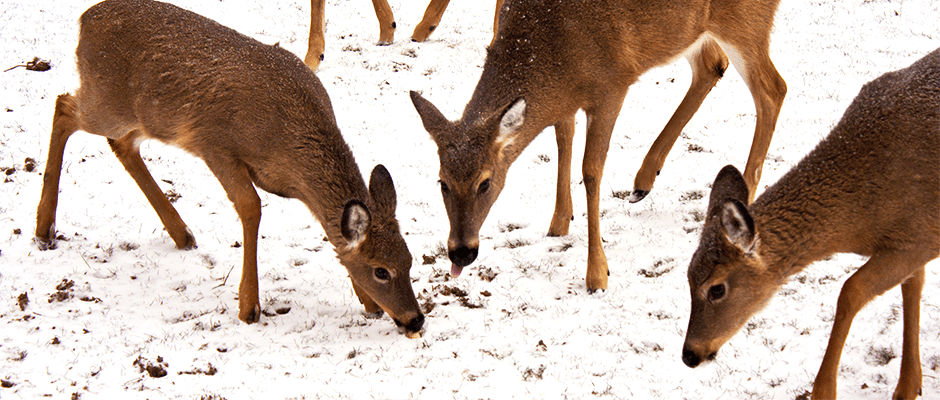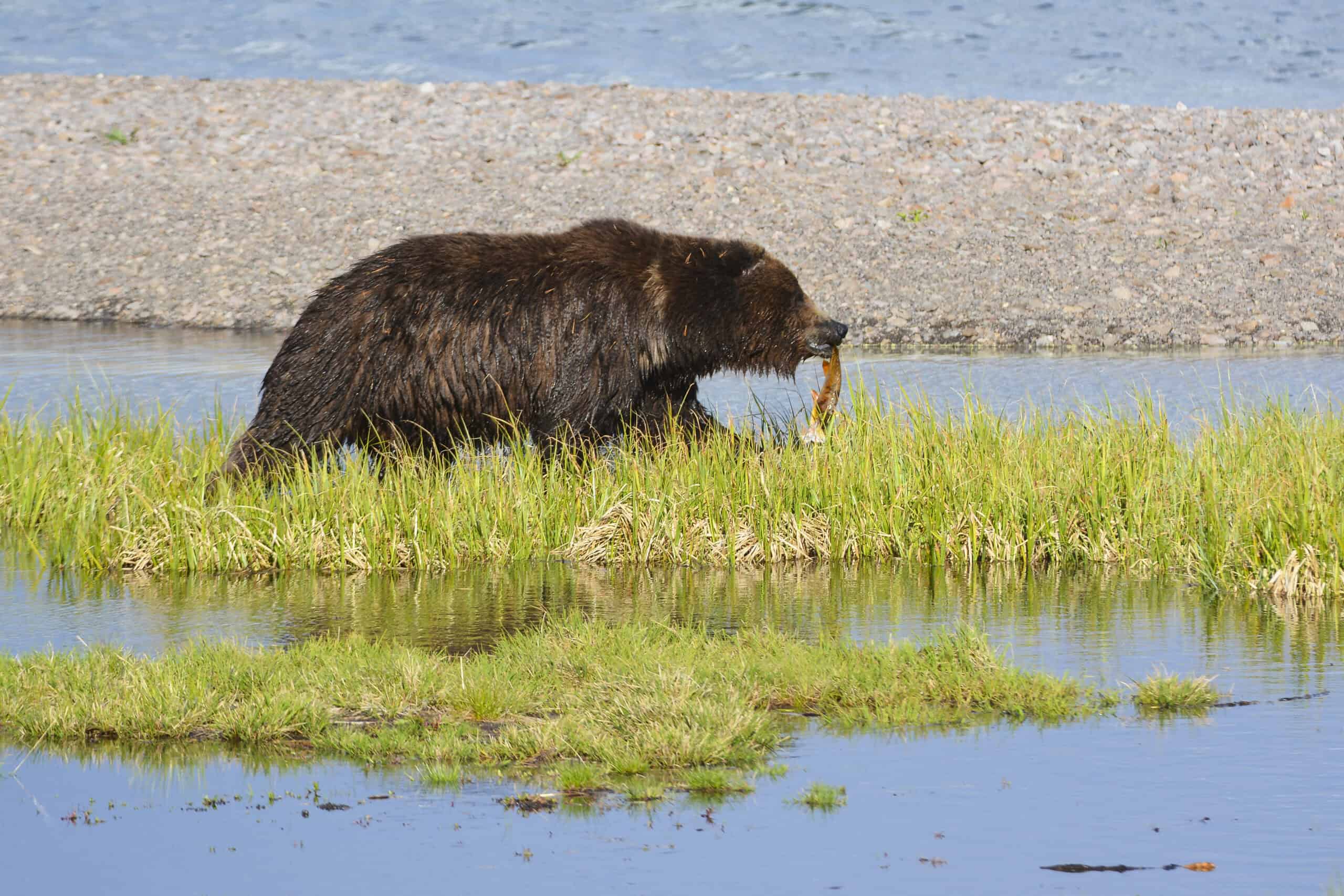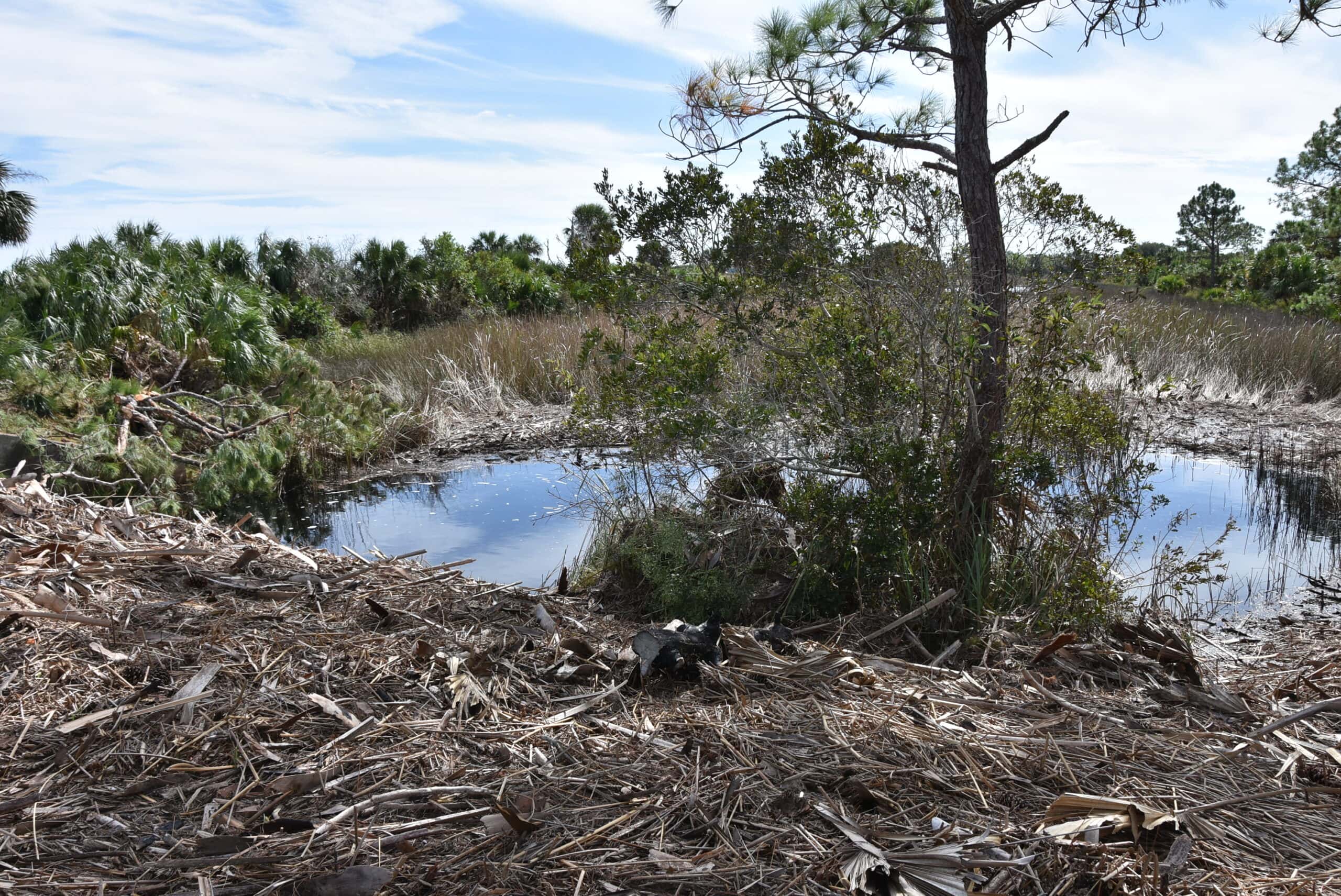Share this article
JWM study: Could culling deer populations impede disease management?
Removing groups of deer to manage wildlife diseases may unintentionally create opportunities for diseases to move between groups, according to new research focused on the social response of white-tailed deer (Odocoileus virginianus) after culling. Researchers in southern Illinois found that disruptions in social structure caused remaining juvenile deer to shift their home range and increase contact with neighboring groups, potentially enhancing disease transmission of chronic wasting disease (CWD) and other diseases.
“In 2002 [CWD] popped up in Illinois. Last year was the first case in Michigan, and it’s been reported in a number of different states that aren’t connected to Colorado and Wyoming where CWD was originally found,” said Marie Tosa, a former graduate research assistant at Southern Illinois University Carbondale and first author of a new study in the Journal of Wildlife Management. Managing the disease’s spread has been focused on population density control, but so far, not much progress has been made. “The prevalence rate has stayed constant instead of going down,” Tosa said.
CWD can remain within the environment for years, potentially infecting individuals as they move into territories where localized group removal has occurred. Additionally, remaining members of culled groups, or remnant members, may join or increase contact with surrounding groups, increasing potential for diseases to spread between groups. According to Tosa, simple models of disease transmission do not account for social disruptions caused by management interventions or disease mortality.
To determine how the social structure of white-tailed deer is impacted by these disruptions, Tosa and her colleagues studied deer in four areas of southern Illinois from 2011-2014. The researchers identified social groups of deer and tagged one individual from each group. They also fitted the tagged individual with a GPS collar. For every six groups identified, they removed one group and left only the tagged individual behind. The researchers measured home range size, space-use fidelity, and shifts in space of remnant individuals toward the control groups, as well as the pre-removal and post-removal direct contact frequency between remnant and control individuals.
Their results showed there was little change in space use and reduced contact duration between remnant adult females and the control groups. However, remnant juveniles strayed further and increased their spatial overlap with neighboring groups. Tosa says these findings indicate that responses to social disruptions differ by age, with the increased movement of juvenile deer potentially enhancing transmission to uninfected groups.
“This is such a difficult topic because we don’t know enough about CWD and how it spreads: how many contacts are required for a deer to get infected, or how many times a deer needs to go to a bait pile or someplace where another infected animal has been in order to be infected,” Tosa said. “More studies like this one need to be done to help us understand how management strategies impact the remaining deer population.”
Tosa and her colleagues recommend removal of entire social groups for disease management, when feasible, to reduce between-group transmission.
Lindsey Stone has a master’s degree from Miami University in environmental science with a focus in applied ecology and conservation biology. She is passionate about community based conservation and adaptive management strategies.
Header Image: @John Davis








